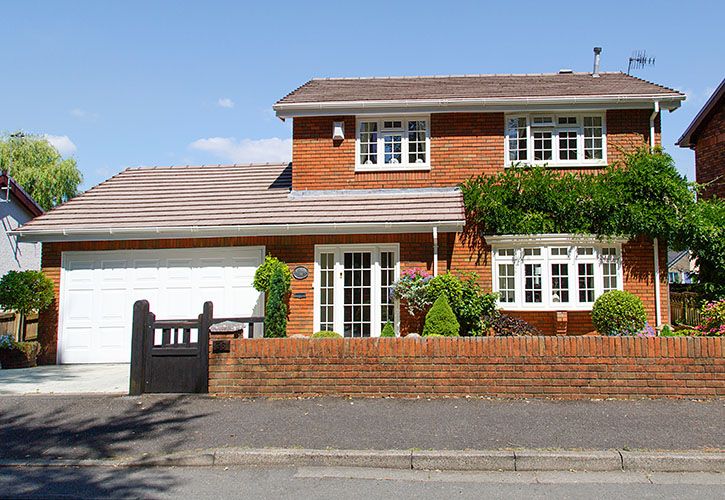UK DIY News
Demand For More Space Drives Detached Property Price Surge

The housing market ‘mini-boom’ has been driven by a surge in buyer demand for larger properties, according to the latest research from Halifax.
The analysis, based on data from the Halifax House Price Index and conducted in partnership with IHS Markit, found that the cost of the largest types of properties in the UK has risen at more than twice the rate than for the smallest homes.
Looking purely at changes in price since March this year, through the period of lockdown and over the summer into early autumn (September 2020), prices for typical UK detached properties increased by over 5%.
This compares to an increase of just 2.5% for a typical flat over the same period, and gains of around 4% for terraced and semi-detached properties.
Unsurprisingly given the trends in prices by property type, homeowners have found that prices are increasing at a faster rate than first-time buyers. For those buyers moving between houses, prices have typically increased by 4% between March and September. That compares to a much more modest increase of 2.4% for first-time buyers.
Russell Galley, Managing Director, Halifax, said: 'We’ve seen a fundamental shift in demand from buyers as a result of increased home working and a desire for more space. There’s now evidence that it’s this push for larger properties that has been driving the mini-boom witnessed in the housing market since lockdown restrictions were first eased over the summer. This level of price inflation hasn’t deterred would-be buyers though, as in the three months up to September, we received more mortgage applications from both first-time buyers and homemovers than at any time since 2008. However, we continue to sound a note of caution on the longer-term prospects for house price inflation, with the full economic impact of the pandemic likely to be felt more keenly over the winter.'
The regional picture
All regions across the UK have experienced increases in the average price of a typical detached property.
The strongest inflation rates have been seen in the North West and Yorkshire & Humberside (inflation greater than 6% in each case), followed by the East Midlands and the South West. In cash terms, the price of detached houses in all these regions since March has increased by over £20,000.
In contrast, price increases have been less significant in percentage terms in the South East and Greater London (both at approximately 2%), with price inflation for the largest properties in these areas likely tempered in part by the stamp duty holiday threshold of £500,000.
Similar trends have emerged for semi-detached houses, with the West Midlands (4.8%), South West (4.6%), North West (4.1%) and Eastern England (4.0%) leading the way, compared to only modest gains in the South East (2.3%) and Scotland (0.7%).
In contrast, the average price of a flat across the UK has generally increased relatively slowly or in some areas fallen. Data for the six months to September shows that the price of flats in the West Midlands (-0.1%), Yorkshire & Humber (-0.3%) and the South West (-1.6%) are all lower than they were six months ago.
Source : Halifax
Image : jax10289 / Shutterstock.com
Insight DIY is the only source of market information that I need and they always have the latest news before anyone else.











































